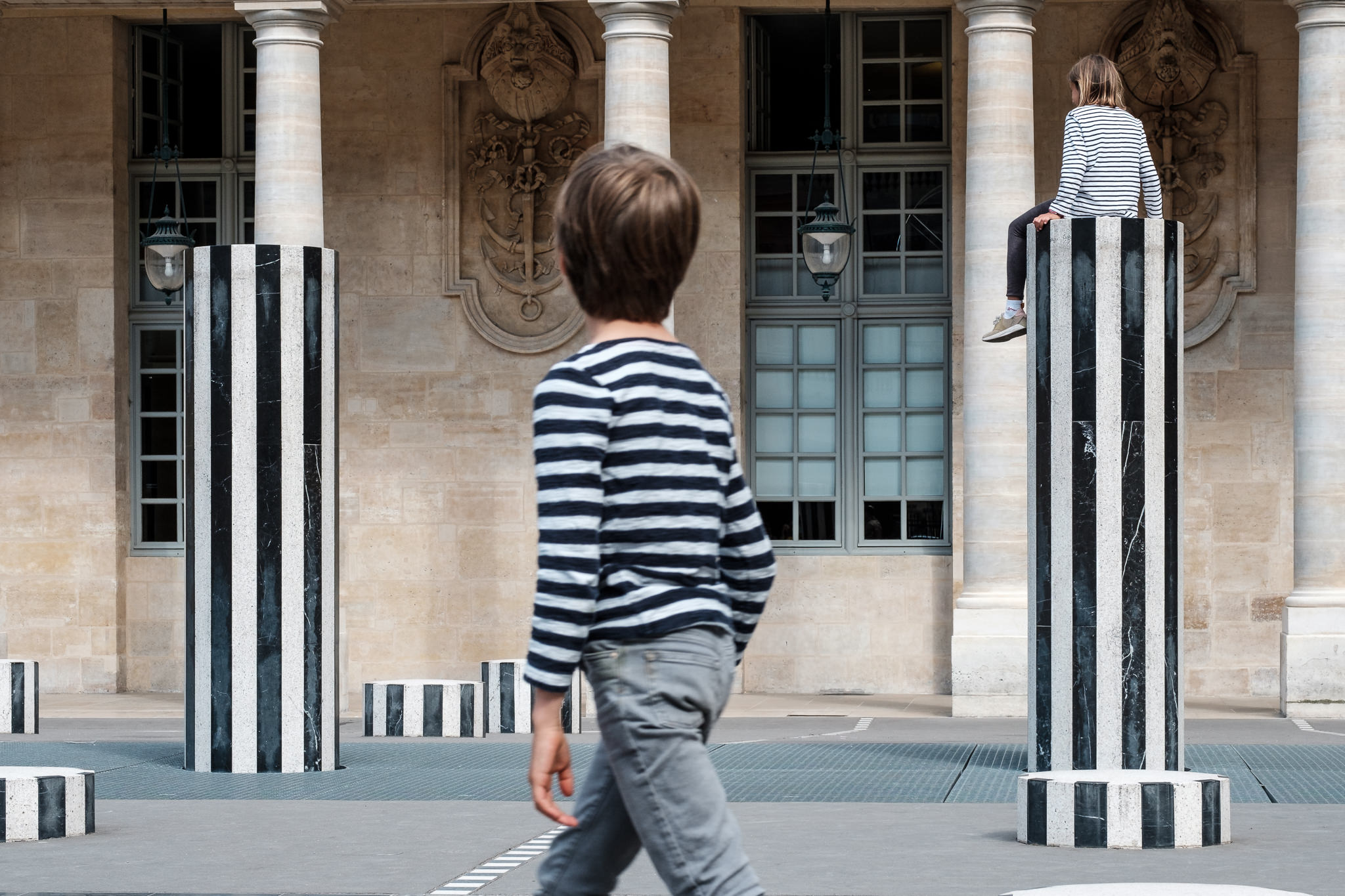Little Known Questions About Street Photographers.
Little Known Questions About Street Photographers.
Blog Article
Some Known Questions About Street Photographers.
Table of ContentsThe Best Guide To Street PhotographersLittle Known Questions About Street Photographers.The Definitive Guide to Street PhotographersLittle Known Questions About Street Photographers.4 Simple Techniques For Street Photographers
Street digital photographers do not always have a social objective in mind, but they like to isolate and record moments which might or else go undetected.He was influenced by several of those that affected the road photographers of the 1950s and '60s, he was not chiefly interested in recording the spirit of the street., who worked side by side with professional photographers trying to catch the essence of city life.
Since of the somewhat primitive innovation available to him and the lengthy direct exposure time needed, he had a hard time to record the hustle and bustle of the Paris roads. He trying out a series of photo methods, trying to discover one that would certainly permit him to capture motion without a blur, and he found some success with the calotype, patented in 1841 by William Henry Fox Talbot. In contrast to Atget, digital photographer Charles Marville was worked with by the city of Paris to develop an encyclopaedic record of Haussmann's metropolitan preparation job as it unfolded, therefore old and brand-new Paris. While the professional photographers' topic was essentially the same, the results were noticeably various, demonstrating the impact of the digital photographer's intent on the character of the images he created.
Offered the great top quality of his photographs and the breadth of product, architects and artists typically got Atget's prints to make use of as reference for their very own work, though business rate of interests were rarely his major inspiration. Rather, he was driven to picture every last residue of the Paris he enjoyed.
3 Easy Facts About Street Photographers Shown
They reveal the city through his eyes. His work and basic understanding of digital photography as an art type worked as ideas to generations of photographers that adhered to. The next generation of road digital photographers, though they likely did not describe themselves as such, was introduced by the photojournalism of Hungarian-born professional photographer Andr Kertsz.
Unlike his peers, Brassa used a larger-format Voigtlnder cam with a much longer exposure time, forcing him to be a lot more computed and thoughtful in his practice than he may have been if utilizing a Leica.
Cartier-Bresson was a champ of the Leica camera and one of the very first digital photographers to maximize its abilities. The Leica permitted the photographer to engage with the environments and to record moments as they happened. Its fairly little dimension additionally aided the photographer fade into the background, which was Cartier-Bresson's favored technique.
The Greatest Guide To Street Photographers
It is because of this fundamental understanding of the art of picture taking that he is frequently credited with rediscovering the tool around once again roughly a century because its invention. He took pictures for greater than a half century and influenced generations of professional photographers to trust their eye and intuition in the minute.
These are the concerns I shall try to respond to: And afterwards I'll leave you with my own interpretation of street photography. Yes, we do. Allow's begin with defining what an interpretation is: According to (Street Photographers) it is: "The act of defining, or of making something definite, distinctive, or clear"
No, absolutely not. The term is both limiting and misleading. Seems like a street digital photography must be photos of a roads ideal?! And all street photographers, with the exception of a tiny number of absolute newbies, will completely appreciate that a road is not the key part to street digital photography, and actually if it's a photo of a street with possibly a few monotonous individuals not doing anything of rate of interest, that's not street pop over here photography that's a photo of a road.
Street Photographers Fundamentals Explained
He makes a legitimate point don't you believe? While I concur with him I'm not sure "candid public photography" will certainly capture on (although I do kind of like the term "candid photography") since "street digital photography" has actually been around for a lengthy time, with several masters' names affixed to it, so I believe the term is right here to stay (Street Photographers).
Inside?! I hear you scream as you drink your hand to the sky. Why not? You can contend the beach, at a festival, in an alley, in a park, in a piazza, in a cafe, at a museum or art gallery, in a metro station, at an occasion, on a bridge, under a bridge ...

Not known Incorrect Statements About Street Photographers

Report this page